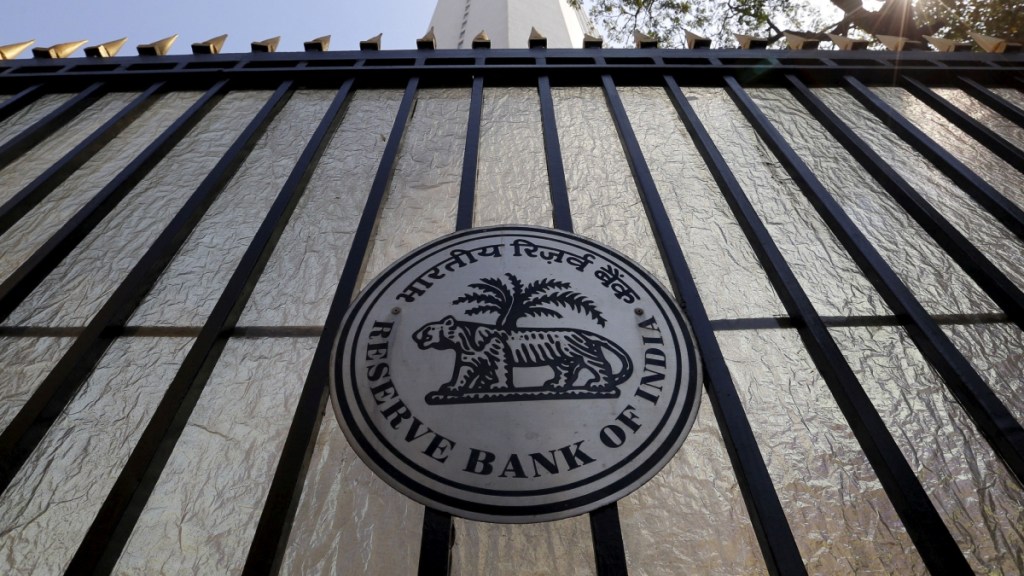With the Reserve Bank of India (RBI)’s Monetary Policy Committee all set to announce its decision on the key interest rate on December 6, economists and experts opined that the central bank is expected to keep the repo rate unchanged at 6.50 per cent amid growing calls for a rate cut to support India’s slowing economic growth. India’s GDP growth for the July-September 2024 period slumped to a seven-quarter low of 5.4 per cent, falling short of the RBI’s 7 per cent forecast, with Gross Value Added (GVA) growth slowing to 5.8 per cent from 6.8 per cent in Q1.
Ajit Banerjee, President & Chief Investment Officer, Shriram Life Insurance Company said, “The deceleration in GDP growth has been primarily driven by slow pace of Central Government and State Government capex in Q1 and Q2 of FY25, which was propelling the GDP growth in the last two financial years. To add to this, we have also seen excessive heat, erratic monsoon and an extended shradh period also playing a spoilsport. Further, urban consumption levels for essential items started coming down more acutely in H1 of FY25 and rural consumption levels have just started showing green shoots which would help in augmenting the GDP growth to a certain extent in H2 of FY25.”
While slow growth calls for a rate cut, economists added, RBI Governor Shaktikanta Das faces concerns over inflation. The central bank is mandated to keep the CPI inflation at 4 per cent with a flexibility of +/- 2 per cent (or 2-6 per cent). But the retail inflation, based on the Consumer Price Index (CPI), surged to a 14-month high of 6.21 per cent in the month of October 2024, driven by a sharp rise in food prices.
This is also the last MPC meeting chaired by Shaktikanta Das ahead of his term’s end on December 10. The government is yet to confirm whether he will receive another term. Shaktikanta Das was first appointed in 2018 and given a three-year extension in 2021.
Deepak Agrawal, CIO-Debt, Kotak Mahindra AMC, said, “The RBI’s Monetary Policy Committee faces a delicate balancing act. With GDP growth slowing more than expected and inflation showing mixed signals, their upcoming decision is likely to prioritize careful adjustments to address immediate challenges while maintaining a focus on long-term stability. Given the tight liquidity conditions, they may choose measures to ease liquidity and/or cut rates which could serve as a strong signal to the market.”
Economists said that the RBI may focus on liquidity management, particularly through adjustments to the Cash Reserve Ratio (CRR). CRR is the portion of bank deposits held with the RBI, and a cut in the same would ease liquidity pressures by freeing up more funds for lending. Mandar Pitale, Head Treasury, SBM Bank India, said, “At the backdrop of shallow systemic liquidity, a significant drop in growth (GDP), lower government cash balances, RBI interventions in terms of offloading dollars in the market to maintain orderly conditions in USD INR movement; MPC, during its December meeting, may consider to infuse durable liquidity by phased reduction in CRR (25 basis points in 2 phases till the next Feb MPC meeting) to support growth through liquidity injection rather than considering a rate cut. MPC may also consider an option of infusing durable liquidity through OMO purchase.”
The RBI is also expected to revise its FY25 projections for GDP growth. An analysis report by JM Financial said, “The MPC has a tough task on hand: managing inflation while supporting growth. While the absence of a meaningful pickup in economic activity would call for policy easing, stubborn inflationary pressures would warrant the necessary policy restraint, even though supply side measures are more appropriate to tackle food inflation. The RBI is expected to lower its optimistic growth expectations by ~40 bps to realistic levels of 6.8 per cent for FY25. The central bank is likely to address growth concerns through the liquidity route, mainly through Open Market Operations and variable repo operations. We believe Feb’25 would be the right time for policy easing through rate action.” It further added that with the markets expecting RBI Governor Shaktikanta Das’s tenure to be extended, price stability will continue to take centre stage.
Liquidity, experts opined, has become one of the hot topics of discussion with the overnight rate tightened by 30-40 bps in the last two weeks of November. To tackle this, Harsimran Sahni, EVP & Head – Treasury, Anand Rathi Global Finance, said, the RBI had to step in with Variable Rate Repo (VRR) to counter the rise in overnight rates. Additionally, this liquidity stress has been mostly offset by government spending, which eventually led to the shift in government cash balances from ~Rs 1 trillion at the start of November’s start to relying on Ways and Means Advances (WMA) of ~Rs 410 billion. “If RBI goes for the 50 bps CRR cut that would infuse ~Rs 1.15 lakh crore of liquidity in the banking system. Further, some market participants are expecting an OMO purchase announcement to bring the yield curve lower as has been recently commented by the Govt. Officials. This would be a balanced approach between the top authorities,” Harsimran Sahni added.
Tanvee Gupta Jain, Chief India Economist, UBS , also added, “Considering slowing domestic economic activity, we think the government should refrain from pursuing a counter cyclical fiscal policy and rather support domestic demand. Similarly, we expect the recent surge in food prices to soften in upcoming months and headline CPI inflation to get further relief from lower energy prices and input costs. We believe a high real policy rate and softening growth could create room for the RBI to cut the policy rate by 75bps over the coming months despite weaker FX.”
The repo rate has been held steady at 6.5 per cent for nine consecutive meetings, reflecting the RBI’s cautious stance as it navigates between fostering growth and taming inflation.
